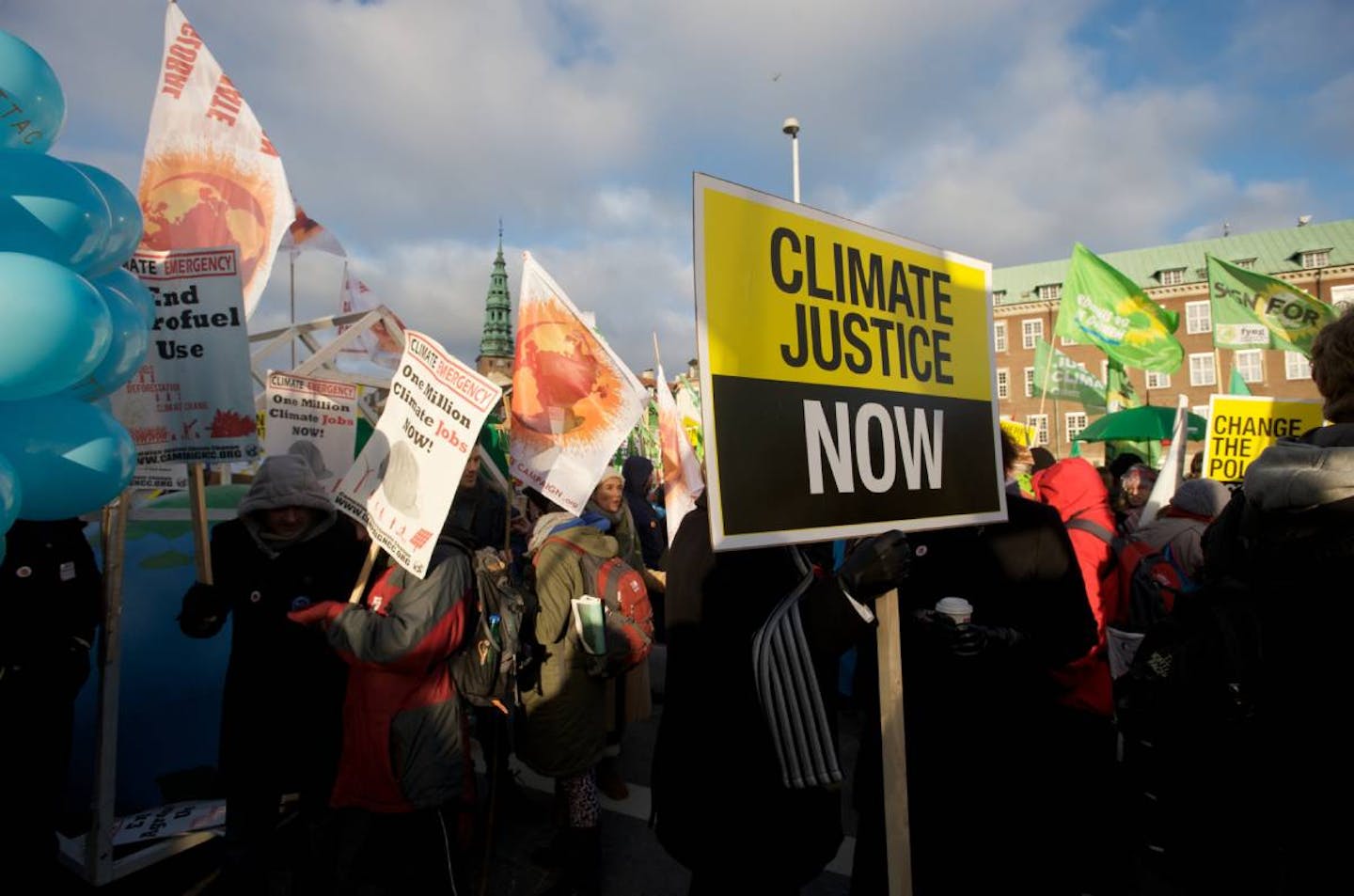How philanthropy can support climate justice
Currently, less than 2% of global donations go to the environment and climate change mitigation. According to a new report, Centering equity and justice in climate philanthropy, of that amount, barely 4% is for climate justice and justice-oriented work, about $60 million in 2019. This is tragic, given the importance of linking social and environmental justice as a means to advance climate change mitigation and adaptation efforts.
The report shows that most institutional funders don’t incorporate climate or climate justice strategies into their work and don’t base their contributions on the expertise of the people who receive their money. Therefore, the bulk of the actual work is left to a few environmental, non-profit organizations.
Climate justice is at the heart of the climate movement
While the term ‘climate justice’ can have many meanings, at its core, climate justice focuses on the systemic root causes of the climate crisis through an intersectional lens, centering on frontline communities and grassroots movements. The communities most likely to be impacted by the climate crisis's effects need to be the focus and at the head of leadership and decision-making.
The climate crisis is intertwined with issues of social justice. Countries and communities that bear the brunt of climate change in the form of rising sea levels, severe weather events, and fossil fuel pollution have contributed the least to causing climate change.
As the report's lead author, Dr. Seema Shah, says, “Those closest to the problem are closest to the solution.” Because of their lived experience, these highly impacted communities are the most knowledgeable about how to create transformative, innovative solutions. Many are already implementing projects that can be felt locally, regionally, and globally.
Philanthro-activism as a catalyst of change
Philanthro-activism is a form of philanthropy that directs resources to communities working on the front lines of climate change. This form of philanthropy has emerged in response to the large volume of capital directed at already well-funded legacy NGOs or techno-utopian fixes like carbon capture and sequestration, which have a tendency to favor the symptoms of the climate crisis over its root causes. Instead, it focuses on delivering resources directly to communities that are working to implement climate projects and policies in their own backyard, building collective power to solve the climate crisis.
The report’s co-editor, Janet Camarena, Senior Director of Candid Learning, explains that the climate crisis requires the same wide range of small, creative solutions that philanthropic donors provided to fight COVID-19. With a similar approach to climate change, she believes there is a reason for hope.
Funding the right people
In 2019, Ariadne, a European network of foundations supporting social change and human rights issues, recognized the interconnected challenges of racism, classism, patriarchy, economic injustice, and environmental damage facing communities disproportionately. However, it also acknowledged that many donors didn’t know how to get started or who to trust.
Funders historically have focused on scale and speed rather than on the value of organically building grassroots networks. Good ideas created by local communities are frequently left out of the conversation as grantmaking practices are entrenched in power struggles.
Authors of the report recommend that funders ask who is telling the story, who makes the decisions, who benefits, what else it will impact, and how it will shift power. Foundations should incorporate climate justice into their work beyond grantmaking.
As Camarena says, “financers (should) not only think about putting the words on a website but also about operationalizing those words.”
Fighting for our One Earth
The One Earth climate model shows that the worst impacts of climate change can be prevented through three pillars of collective action—a just transition to 100% renewable energy, protection and restoration of half of the world’s lands and oceans, and a shift to net-zero food and fiber systems.
Supporting on-the-ground, community-based climate solutions in these areas is the key to successfully solving the climate crisis.
Explore the One Earth Project Marketplace


